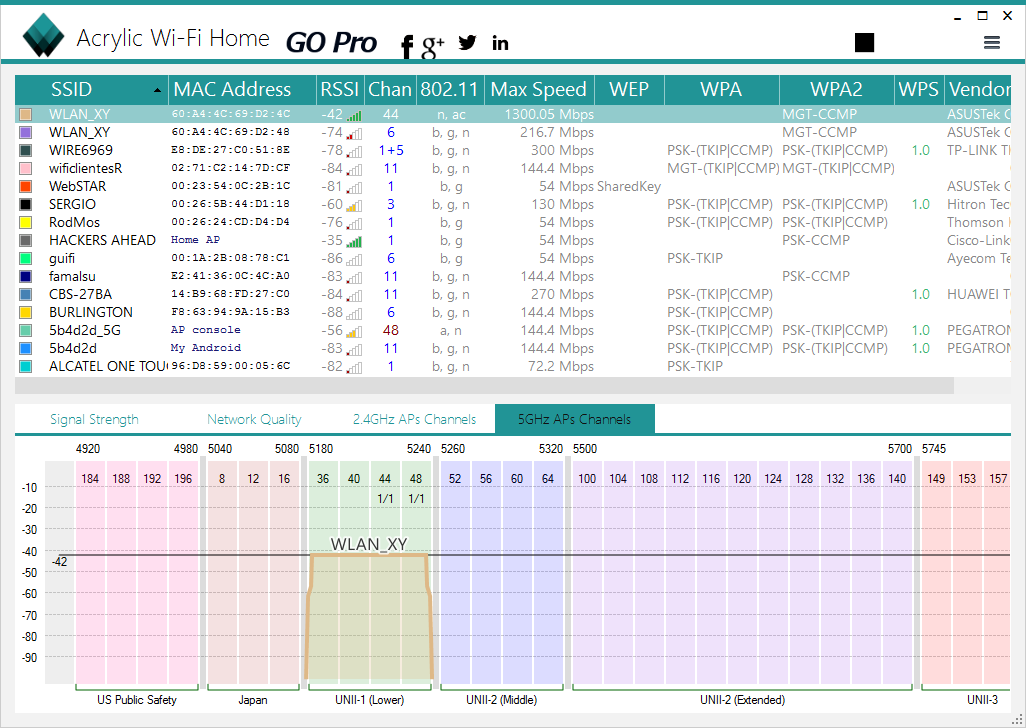
I hope that you will become very familiar with it as it is an excellent learning/diagnostic tool. Wireshark is an application that is used for troubleshooting and studying networks.

Remember unless you have an IP address on the 192.168.1.x subnet then you are going to find connectivity in this lab to be difficult. You will likely need to make these changes in virtual box and then toggle your network interface, within the VM, down and then up. By being in bridged mode you will be able to obtain an IP address on the 192.168.1.x network and avoid the complications with NAT. For these labs, you should use the Ubuntu OR Windows VM and make sure that your virtual network adaptor is in bridged mode. If you need more instruction then you can review the details in this link: Computers/lab specific setupĬurrently the machines that we use in the labs are Virtual machines that sit within the Standard Operating Environment (SOE) Windows host. Nothing complicated required, just establish network connectivity and change the SSID.

To limit the number of computers required, you may wish to make the Windows Wireless device, in the diagram below, your phone or laptop. To do this, Administration->Factory Defaults->Yes, apply, ok. Remember that at the beginning of every lab you should restore factory defaults to remove the previous group's settings. You should start by setting up a network as shown below. It is a common method of troubleshooting problems in WiFi netowrks. We will be using the Linux method of obtaining these, but you should be aware that in most large scale, Cisco, Meraki, Aerohive, Ubiquiti et cetera networks, these monitor mode pcaps can be obtained through an unused AP. In this activity, we will be obtaining monitor mode WiFi captures. Wiresharks troubleshooting skills are important and there are entire certification programs built around Wireshark: You should hopefully build some excellent Wireshark skills in this course and be proficient at troubleshooting wireless network connections from Wireshark. In this activity, we are looking for components that we learnt about in the lecture. This should come naturally with time and experience. It is not useful or even necessary to spend time memorising frame types and definitions, but you with a good understanding of WiFi will know what most of the frames are and will understand why they are there. In addition, we will also be solidifying the knowledge from the lecture that reviewed frame types and the individual headers.

By doing this we will also learn about monitor mode and what it does, as well as gaining some familiarity with Wireshark. The purpose of this lab is to investigate RTS/CTS and CTS-to-self messaging in the Wild.


 0 kommentar(er)
0 kommentar(er)
